Videography – A Guide to Grip
Videography for business is huge these days! It seems everyone is producing videos for their business, so it’s important to make sure that your production stands out above the crowd and feels slicker, better and more polished than your competitors. This is essentially all down to “production quality” which we’ve talked about in other blogs. But what videography tricks can you use to lift your film into a higher realm and add polish that will leave your competition drooling! Well one answer is to use grip within the production of your film. But “what the devil is Grip?” I hear you say!
Well, grip is essentially a device that moves the camera whilst shooting. By doing this you are instantly able to produce shots that have a much higher production value and that take on much more of a Hollywood feel!
There are several different types of key grip to choose from out there, these being, Slider’s, Dolly’s and Jib’s.
Sliders
Sliders are a small-scale grip, which are best used for creating short movement from, left to right and vice versa. They are essentially a bar or track of about 1 to 1.5 meters in length that can be attached to the top of a tripod. The camera is then able to smoothly glide along the track creating a beautiful moving shot that is very useful. They are usually lightweight and cost effective enough to be used on even smaller videography budgets.
Slider capturing some great images
Jibs
Jibs are counter weighted cranes that the camera can be placed on allowing it to smoothly travel vertically into the air . They are great for achieving truly fantastic sweeping shots from high to low angles. There are 2 main types, the mini jib and the full size or “jimmy” jib.
Mini jibs are ideal for interior shoots.
Mini jib’s are perfect for interior shoots where you may not have a lot of room to operate. These are also good for a small crew (or small budget project) as they are easy to set up and can be operated by one person. Even though they are small they can produce some wonderful sweeping elevated shots and add a great deal to your film.
The full size jib or “Jimmy jib” is basically a much bigger version of the mini jib and can extend the camera upto much greater heights. This can produce spectacular sweeping shots and is perfect for outdoor, landscapes and building footage. However, these take time to set up and usually require several crew members (at least 2) to operate. A full size jib also requires a higher budget but if you’re looking produce footage to delight your audience and to set your piece apart from the others, then you couldn’t find much that will do a better job than a Jib.
A full size jib at work.
Dolly
Then finally there is the dolly. Dolly’s are a great way to capture smooth, fluid like motion in your footage. They allow the camera to travel along rails or track for greater distances than the “slider” and can produce a wide variety of impressive shots. These, like most grip, have different variants. There are small lightweight Dolly’s such as the Hollywood Dolly, which are fantastic for small interior shoots as they’re portable, easy to set up and very cost effective. However you need a really smooth surface to get the best shots out of them and you’re limited to traveling in a straight line.
Videography Tip – The Hollywood Dolly (left) is ideal for quick paced shoots, whereas the track and buggy dollies (right) are brilliant for studio shoots.
The heavier track and ride on based options offer much more flexibility. These are essentially large scale train tracks that can be laid in straights or curves and come with a small buggy that is placed on the track. This dolly is brilliant for studio shoots but it takes several crew members to set up. It delivers ultra smooth movement and with the curve track it offers great way to produce gliding shots that can circle your subject. Again though this higher end option comes with the budget you’d expect so it can be limited to larger projects.
But producing beautiful moving shots should be within reach of most corporate videography budgets and will positively impact the overall quality of your film. Be brave and consider adding this into your next project and I’m sure you’ll be delighted with what you can produce.
To find out more about us and our services, please click here.


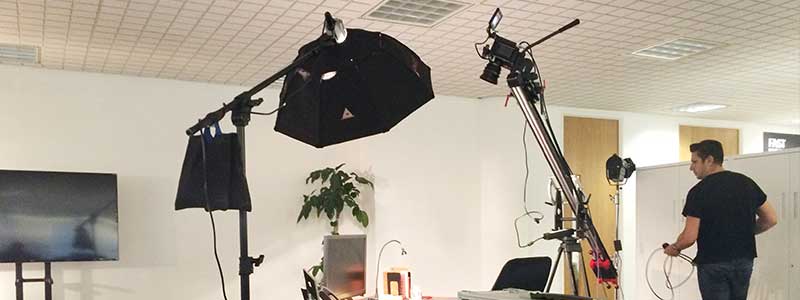
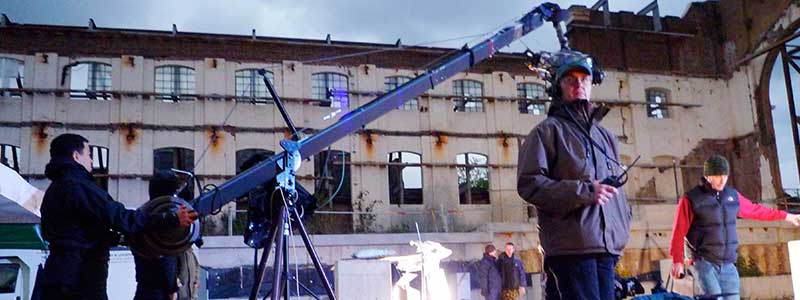



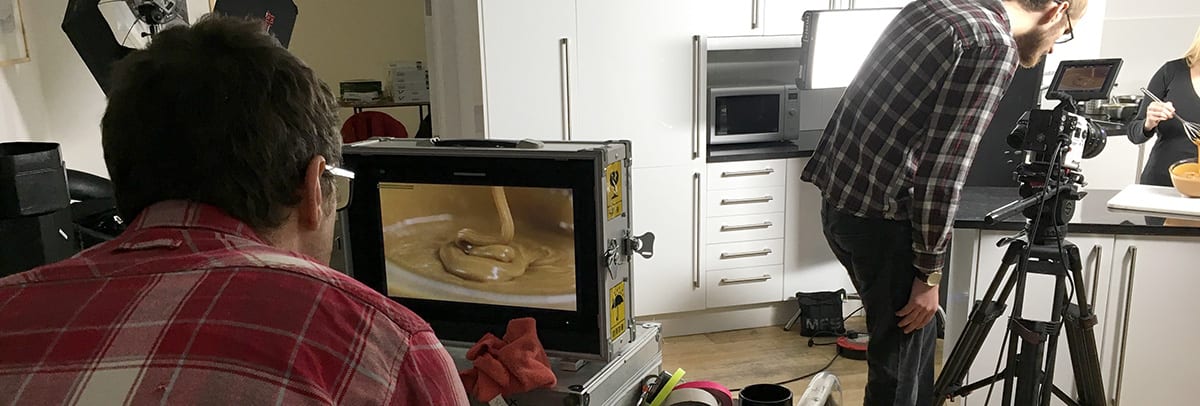
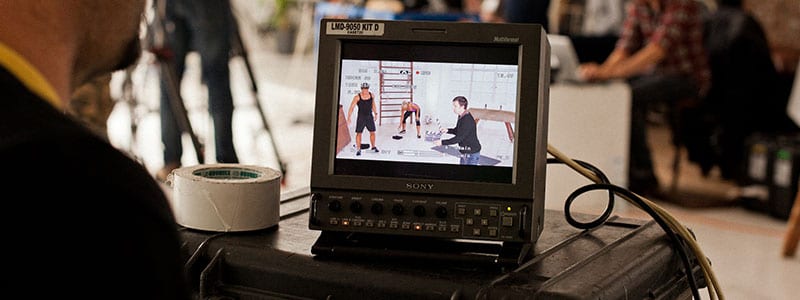

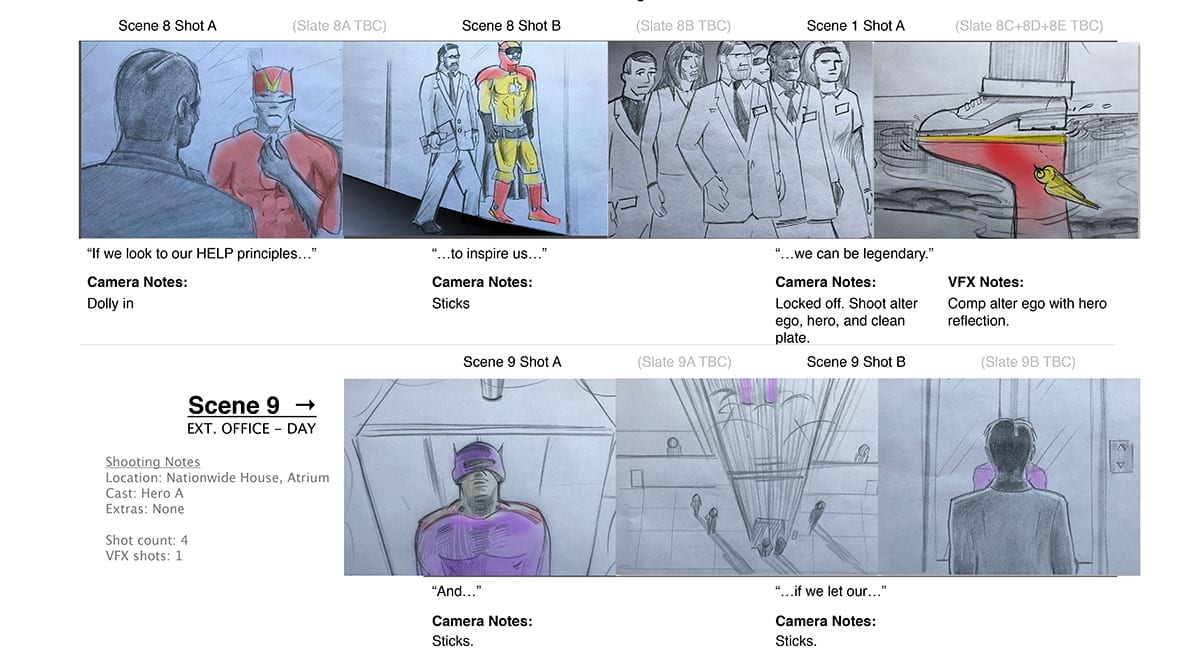
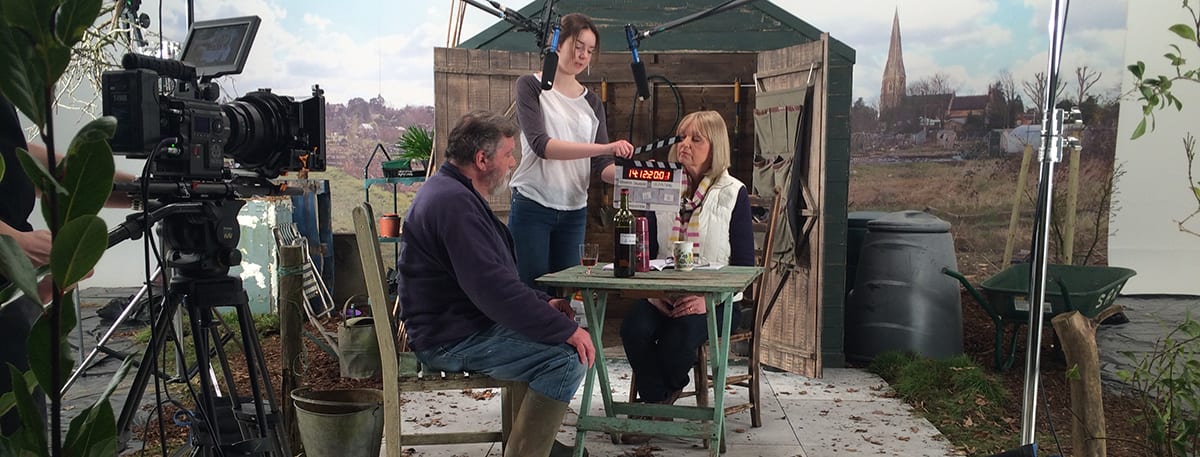


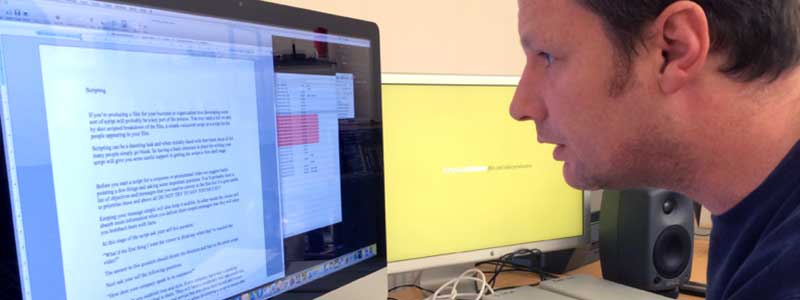
Recent Comments